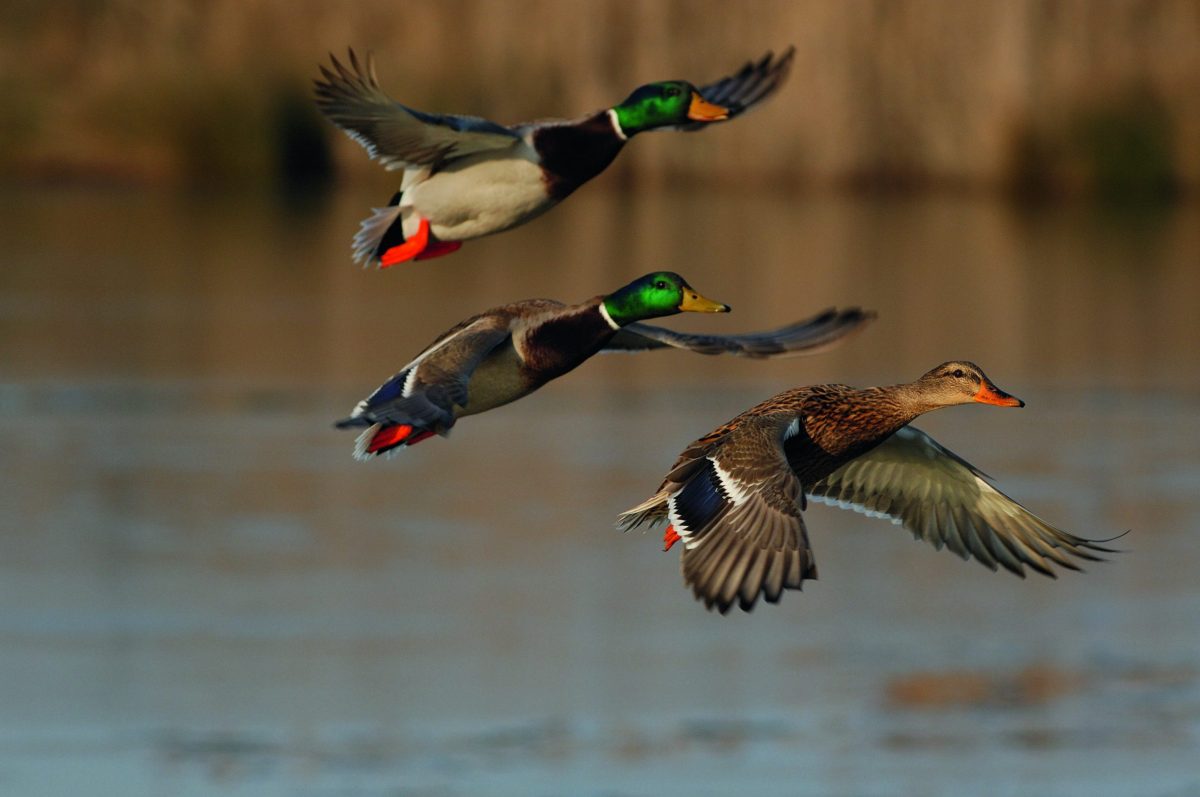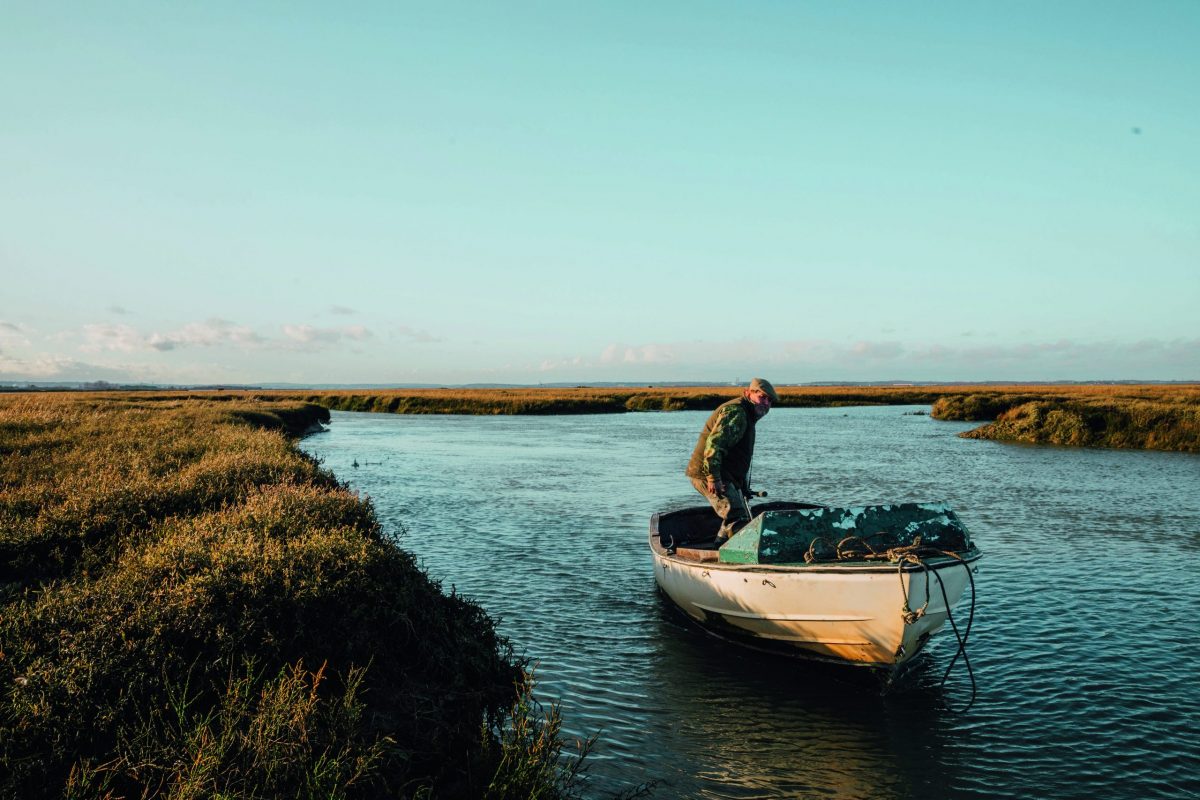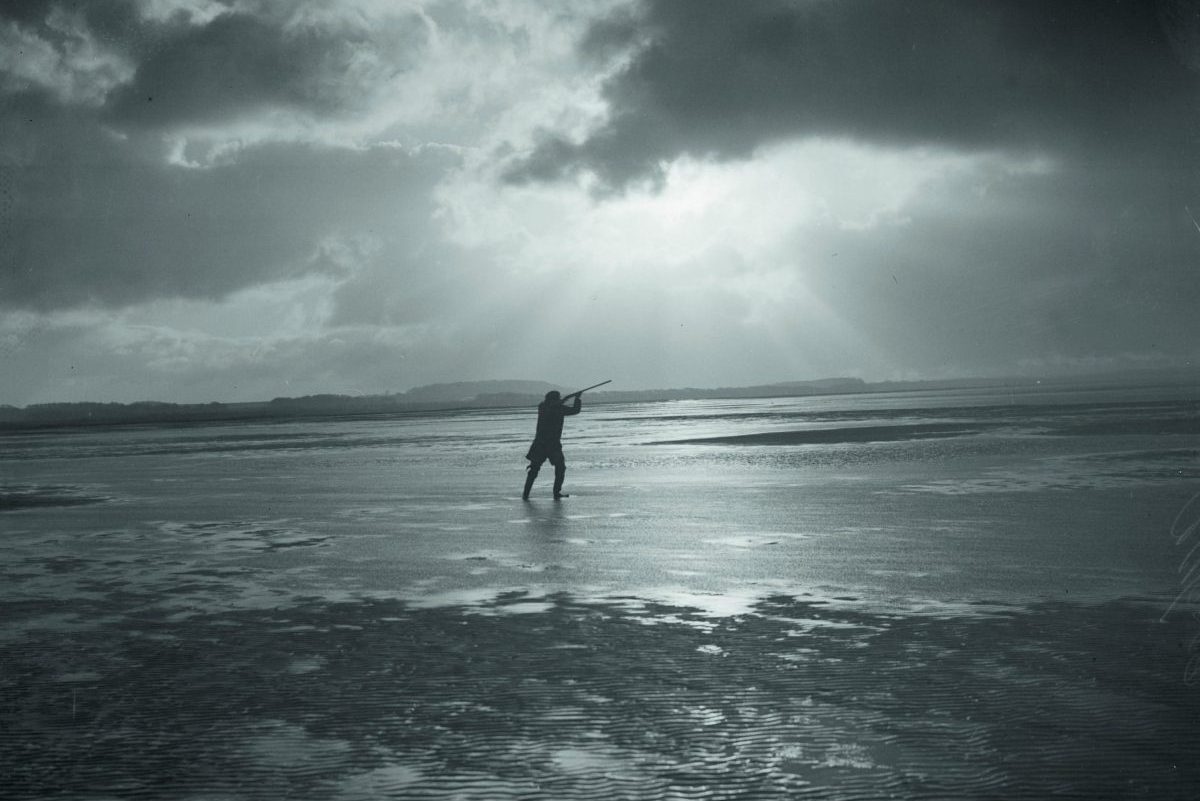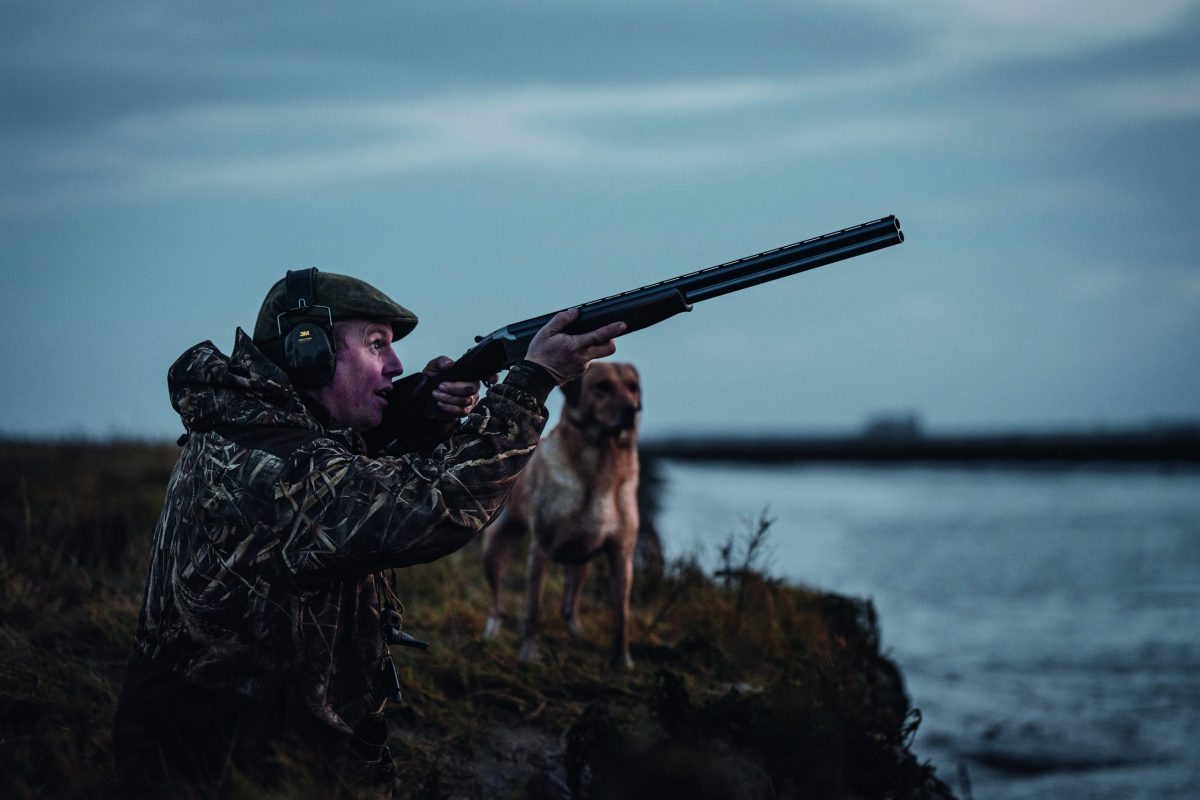The ethical considerations of wildfowling
Spring is in the air, and a fresh perspective on shooting has led to a change in tactics and a few more ethical considerations when fowling

Ensuring only drakes are shot leaves the females to breed, limiting declines in duck numbers
With the fowling season now a distant memory and the weather finally feeling like spring, I find myself getting more and more excited about the fishing to come. Right now I’m caught between seasons. Shooting has finished in my neck of the woods, but fishing hasn’t quite kicked into gear.
I’m in the middle of a serious house renovation project, which will hopefully earn me a few brownie points once fishing is in full swing. For now, I get my outdoor fix by checking forums, reading reports and watching videos.
Social media can be a fantastic educational tool. Getting to read what others do or watch how they set about their chosen sport can provide hints, tips and tricks to be utilised in the future. There needs to be an air of caution, though. Not everything you see or read is good practice. Some of it isn’t even factually correct. Those new to the sport have to be careful.
Across the globe
I have wasted far too much of my spare time aimlessly ‘doomscrolling’. It’s a frustrating habit.
It has, however, given me the opportunity to explore shooting sports across the globe. I’ve watched some amazing videos, and I have found myself in awe of the scenery, the quality of the camerawork and the sheer number of birds that were present.
That said, parts of it didn’t appeal to me at all. Some had huge volleys of shots going off, some had a single bird that simply didn’t stand a chance and others had excessive numbers of birds in the bag. I’m sure a few of the videos might have appealed to the younger me, but now they have me questioning my ethics. It makes for a very interesting exercise.
This reflection is part of the process that saw me changing my approach to fowling during this season just gone. Mallard are our most abundant duck species, but they have experienced a population decline. With this in mind, I looked at whether I could do anything differently. Down here in the West Country, many birds in September are barely on the wing, and I feel that they are better from a sporting and eating perspective if left for later in the season. I also elected to target drakes only, as adult female survival and subsequent breeding success are big drivers when it comes to population dynamics.
So, how did it go? I didn’t get out at all in September, so that aspect was easy. After that, I picked drakes whenever it was light enough to see clearly. When it was too dark, I would take the back bird of a pair. I wasn’t just successful at picking drakes out — my shooting also improved beyond measure. Instead of jumping into action too quickly, I would examine the opportunity in detail. Putting this into action even saw me manage an all-drake triple.
Mallard-neutral
At the end of the season, the stats spoke for themselves. In a normal season, I would have a 50/50 male-to-female split. This year saw a bag of 20 drakes to just four hens. My new approach meant eight hens were left to breed. If these hens successfully raise a brood of just three birds, this change will have left me mallard-neutral. Not a bad way of looking at it, especially when I add the value of my pest control and duck nest tube efforts — it may even lead me to be mallard-positive.
I know that it’s only a small change. Still, I’m confident that it has value, and I’ll be doing the same next season. I’d be interested to hear if anyone else has tried anything similar in their own shooting — or am I on my own and overthinking things with my ethical considerations?








